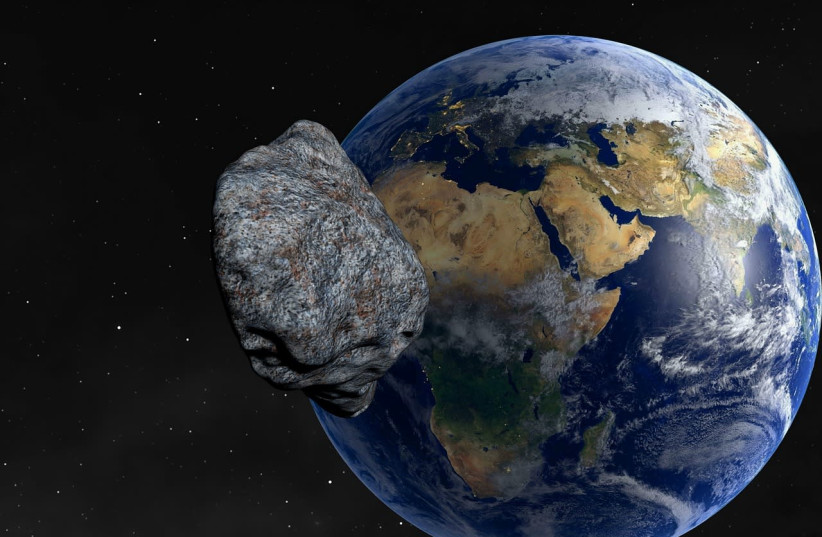An asteroid longer than an American Football field is heading in Earth's direction next month, though it will likely not impact the planet, according to NASA's asteroid tracker.
The asteroid has been designated 2007 UY1, and its diameter could be as long as 150 meters.
That length means it has the possibility of causing serious damage to the planet if it ever impacted, as it is over the mark of 140 meters.
Further, 2007 UY1 is also designated an Aten-class asteroid, meaning its orbit crosses over with Earth's orbit around the Sun, but it spends most of its time inside it.
As such, there is the theoretical chance it could one day strike the planet, but current calculations show this isn't a concern right now.

Specifically, with 2007 UY1, it is set to make its pass on February 8 at a distance from the planet of around 5.3 million kilometers. For comparison, the distance between the Earth and the Moon is around 384,000 kilometers, so this is much farther away.
But while 2007 UY1 isn't considered dangerous, it is a possible target for future exploration.
Asteroid exploration is a major field in astronomy, and many space agencies have expressed interest in exploring the many large objects in the solar system. This is because asteroids can be rich in natural resources, specifically iron, nickel and some rarer metals like platinum and iridium, which can all be mined.
No mission is currently planned to land on 2007 UY1, but NASA has made estimates for how it would work.
If a mission had left for this current pass, it would have a delta-v (a measure of various values and factors determining how difficult it would be to properly maneuver a spacecraft during takeoff and/or landing) of 5.579 km/s. For comparison, this much less than the delta-v for launching a rocket into low-orbit, which is around 9.7 km/s.
But other factors would need to be considered, and it is currently unclear what value 2007 UY1 has compared to other asteroids.
